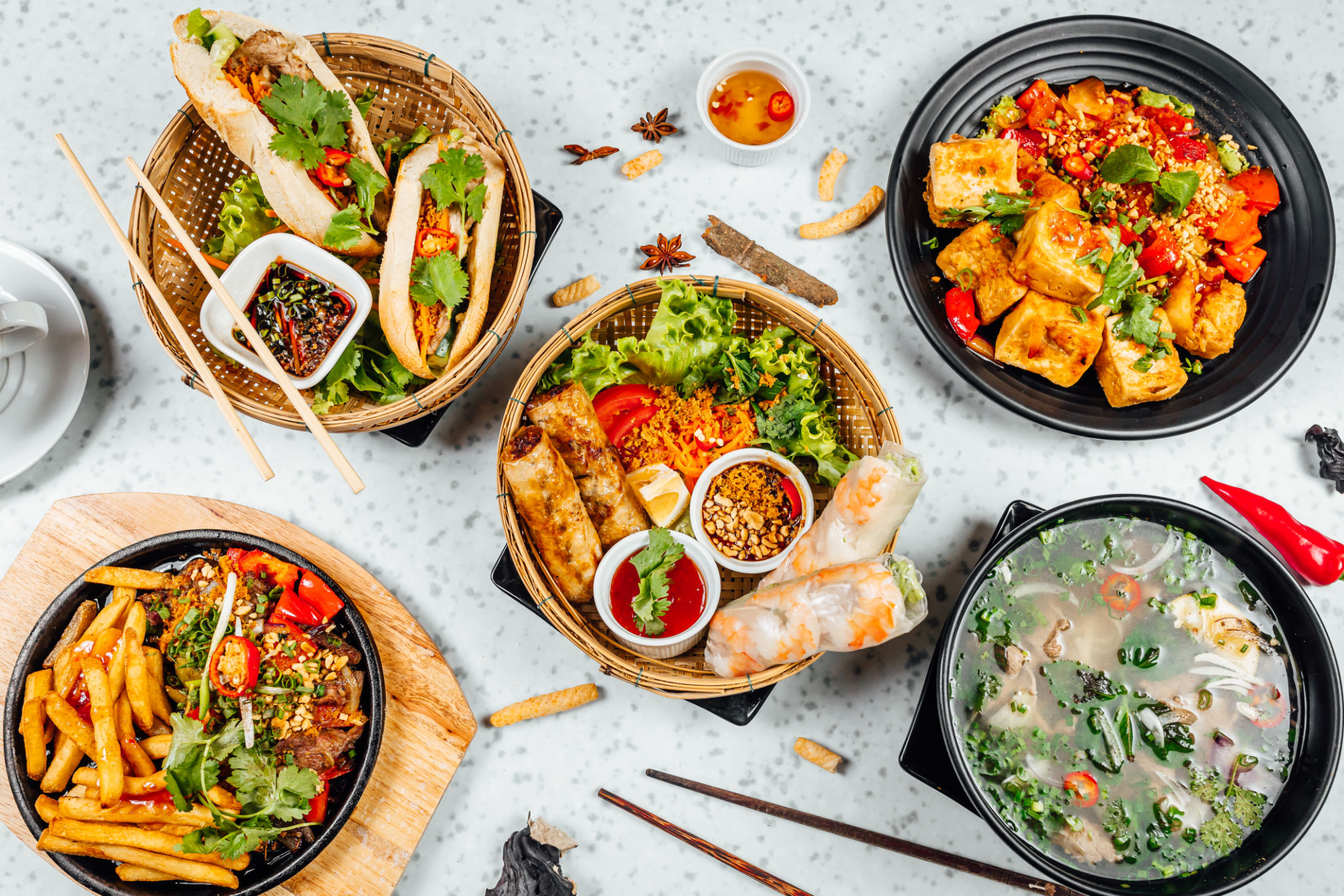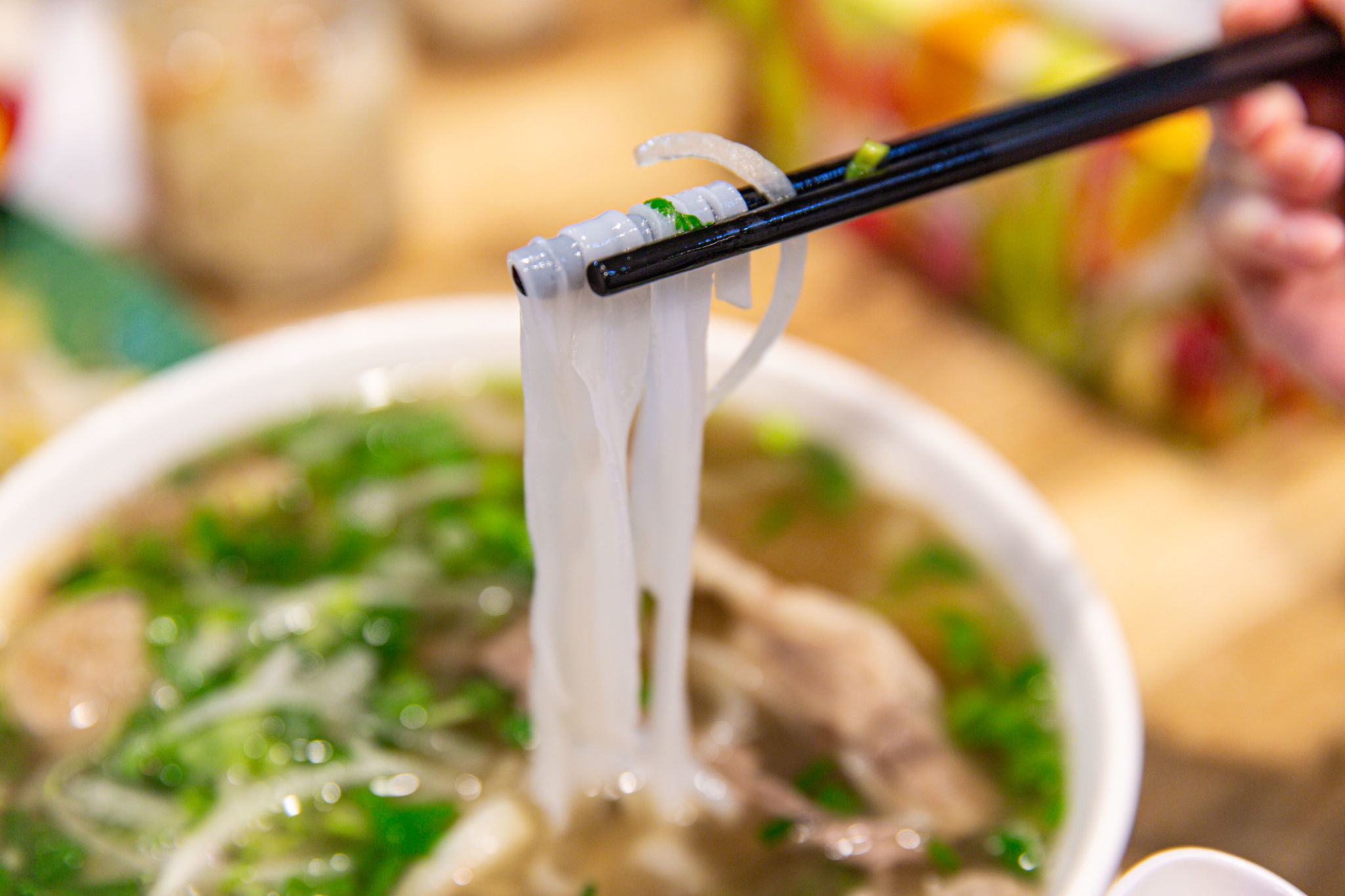A Culinary Journey Through Traditional Vietnamese Dishes
Introduction to Vietnamese Cuisine
Vietnamese cuisine is a vibrant and diverse world of flavors, textures, and colors. It reflects the country's rich history, cultural influences, and geographical diversity. Each dish tells a story of tradition and innovation, making Vietnam a culinary destination worth exploring. From the bustling streets of Hanoi to the serene countryside of the Mekong Delta, Vietnamese dishes offer a delicious journey for any food enthusiast.

The Art of Balancing Flavors
One of the defining characteristics of Vietnamese cuisine is its delicate balance of flavors. Vietnamese dishes often incorporate five fundamental tastes: sweet, sour, salty, bitter, and umami. This harmonious blend is achieved through the use of fresh herbs, spices, and carefully selected ingredients. For instance, a bowl of pho combines the richness of beef broth with the freshness of herbs and a hint of lime, creating a symphony of flavors that dance on your palate.
Another essential element is the use of contrasting textures. Many dishes feature a combination of crispy and soft elements, providing an enjoyable mouthfeel. Whether it's the crunch of fresh vegetables in a banh mi sandwich or the silky noodles in bun cha, texture plays a crucial role in enhancing the dining experience.
Iconic Dishes to Savor
Vietnam's culinary landscape is vast, but some dishes stand out as iconic representations of its food culture. Here are a few must-try dishes:
- Pho: A fragrant noodle soup with beef or chicken, garnished with fresh herbs and lime.
- Banh Mi: A French-inspired sandwich with a crispy baguette filled with meats, pickled vegetables, and herbs.
- Goi Cuon: Fresh spring rolls made with rice paper, filled with shrimp, pork, and fresh greens.

Regional Variations
Vietnam's regional diversity is reflected in its cuisine. The northern region is known for its subtle flavors and hearty dishes, while central Vietnam offers spicier and more complex combinations. The southern region tends to be sweeter and uses more coconut-based ingredients. Exploring these regional variations provides insight into the local culture and traditions.
In Hanoi, you'll find dishes like bun rieu, a tangy crab noodle soup, while Hue is famous for its bun bo Hue, a spicy beef noodle soup. In the south, com tam, or broken rice with grilled pork, is a popular choice for locals and visitors alike.

The Role of Fresh Ingredients
Freshness is paramount in Vietnamese cooking. Daily trips to local markets ensure that ingredients are at their peak quality. Herbs like mint, cilantro, and Thai basil are staples in many dishes, providing vibrant flavors and natural health benefits. Vegetables are often used raw or lightly cooked to preserve their nutritional value and crunchiness.
The use of fresh ingredients not only enhances the taste but also reflects the Vietnamese philosophy of eating food that nourishes the body and soul. This focus on freshness makes Vietnamese cuisine both delicious and healthful.
Conclusion: A Culinary Invitation
Embarking on a culinary journey through traditional Vietnamese dishes offers more than just a taste experience; it's an exploration of culture and history. Each dish provides a glimpse into the country's rich tapestry of flavors and traditions. Whether you're savoring a bowl of pho or enjoying a crispy banh mi on the streets of Saigon, Vietnamese cuisine invites you to appreciate the artful balance and vibrant tastes that make it truly unique.